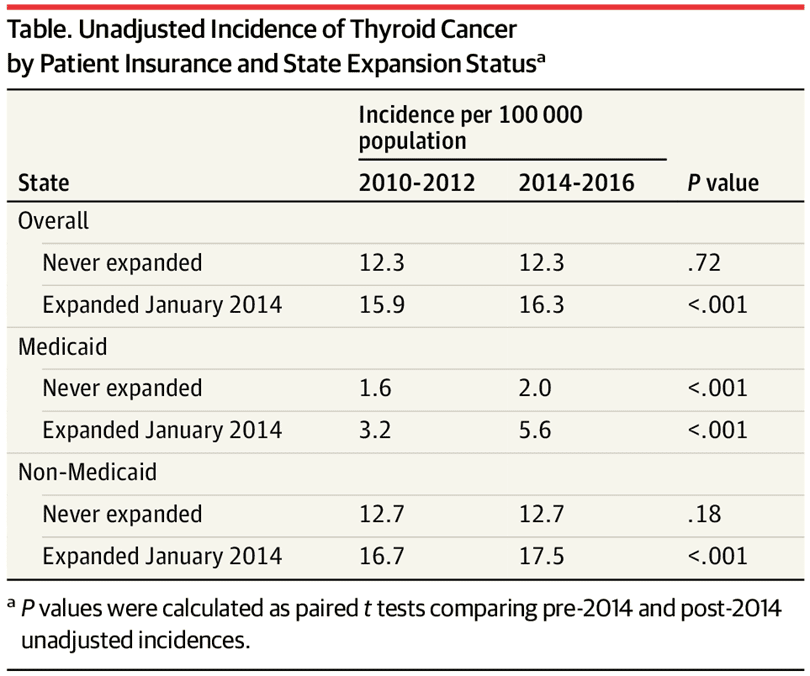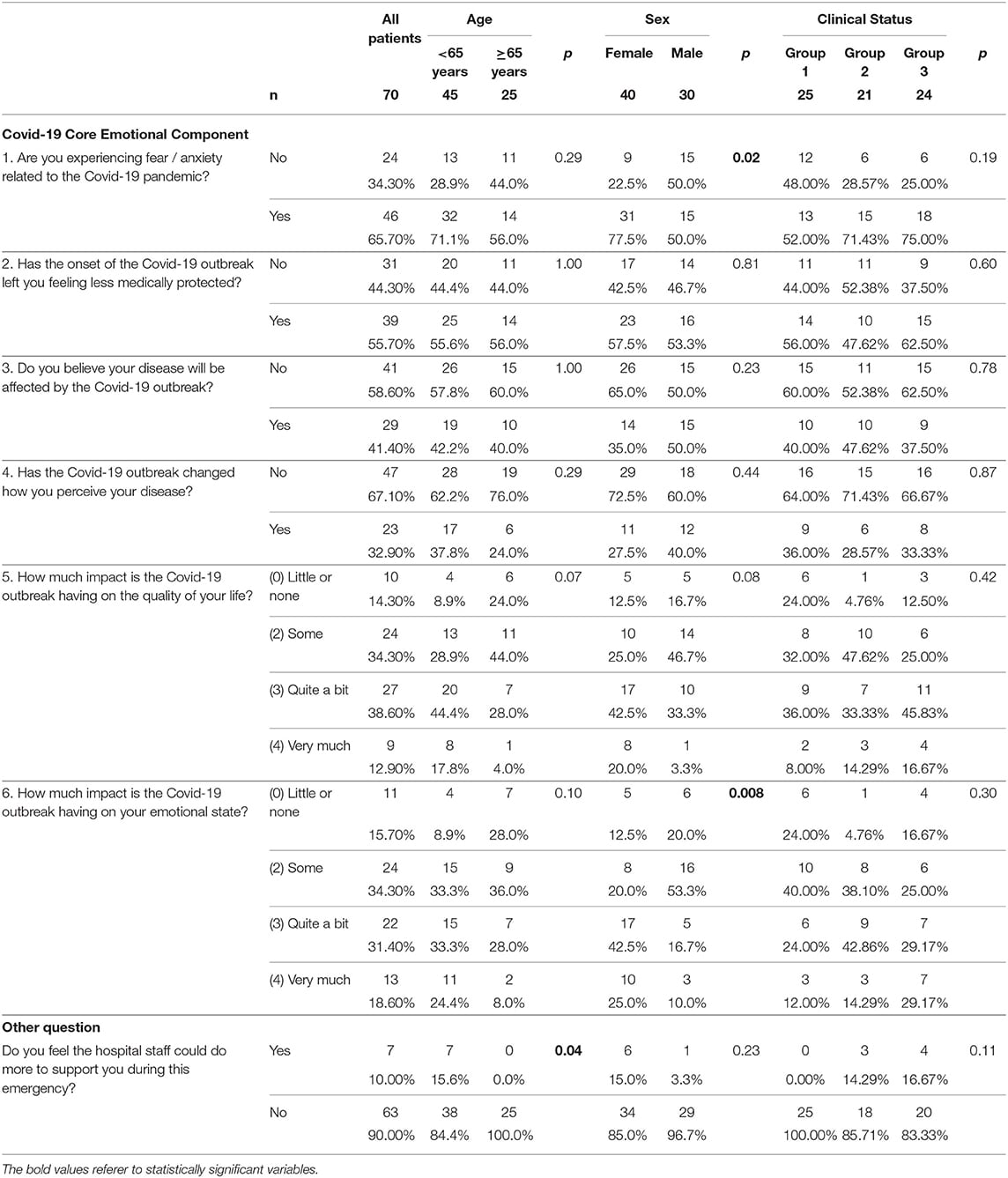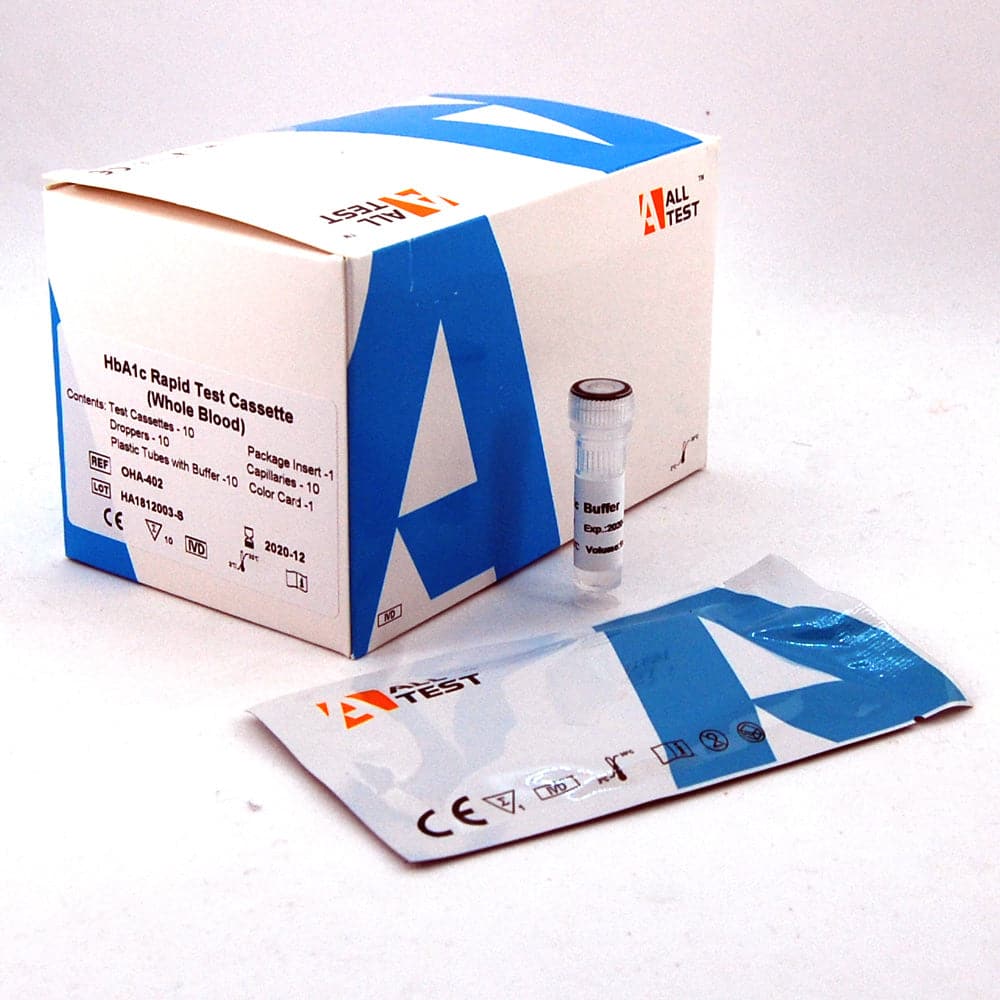What Is Extremely Elevated D
The D-dimer test is a quantitative immunoturbidimetric test that can be used to rule out thromboembolic diseases. A normal D-dimer value ranges from 0.2 to 0.7 mg/L fibrinogen equivalent units. However, a high D-dimer can signal a variety of serious underlying conditions.
Typically, elevated D-dimer levels are indicative of a blood clotting disorder. This protein can rise dramatically when blood clots break down. The test may also detect deep vein thrombosis, a type of blood clot that blocks blood flow. This condition is most common in the legs, but can also affect the intestines or brain.
In severe cases, elevated D-dimer levels may indicate a disorder called disseminated intravascular coagulation. This condition can occur as a result of surgery or a weakened immune system. When it happens, the affected person is susceptible to excessive bleeding. It can also occur after a disease, such as liver disease, sepsis, or childbirth. In such cases, the D-dimer level will be extremely elevated.
Cardiac Metastasis Of Squamous Cell Carcinoma Of The Thyroid Gland With Severe Disseminated Intravascular Coagulation: A Case Report
This article is mentioned in:
Abstract
Introduction
Primary squamous cell carcinoma of the thyroidgland is rare, accounting for < 1% of all thyroid cancers. Primary SCC is often diagnosedat a locally advanced stage andhas a poor prognosis, with a median overall survival of < 6months, which is clinically similar to undifferentiated carcinomaof the thyroid gland with an aggressive course . While 43% of undifferentiated carcinomasof the thyroid gland give rise to distant metastases , SCC of the thyroid gland has beenreported to metastasize in ~25% of the cases, whereas localinvasion is more frequent .
Case report
Discussion
References
Related Articles
What Are The Next Steps
If your D-dimer test results were abnormal, your healthcare provider may have you undergo one or more imaging tests to find out if you have a blood clotting condition and where the blood clot may be. Imaging tests include:
- Doppler ultrasound: This imaging test uses sound waves to create images of your veins.
- Computed tomography angiography: For this imaging test, a healthcare provider injects a special dye into one of your veins. This helps your blood vessels show up on a special type of X-ray machine.
- Lung ventilation-perfusion scan: A lung VQ scan is an imaging test that uses a ventilation scan to measure airflow in your lungs and a perfusion scan to see where blood flows in your lungs. Both tests use small and safe amounts of radioactive substances to help a scanning machine see how well air and blood move through your lungs.
Don’t Miss: What Are The 5 Thyroid Tests
Can A High D
Elevated D-dimer levels may indicate a higher risk for VTE in cancer patients. In our study, high levels of D-dimer were associated with 3.2-fold greater risk for VTE than those with no cancer. This association was independent of whether the patients had hematologic or solid tumors.
The study involved 1178 patients who were enrolled from October 2003 to March 2010. The researchers examined the association between preoperative D-dimer levels and survival after surgery. The authors concluded that elevated D-dimer levels were associated with increased risk for overall survival, as well as for pancreatic and colon cancer. The researchers also looked at whether elevated D-dimer levels were associated to gender and age.
There is still a need to study the role of D-dimer levels in cancer patients. Previous studies have found that patients with certain forms of lung cancer have elevated levels of this protein. However, this relationship does not hold true for patients with small cell lung cancer. Patients with SCLC have different biological behaviours than those with non-SCLC, and thus the levels of D-dimer in patients with SCLC may be a poor indicator of prognosis.
What Should I Expect During My D

A D-dimer test is a blood test. You can expect to experience the following during a blood test, or blood draw:
- Youll sit in a chair or lie on a medical bed, and a healthcare provider will check your arms for an easily accessible vein. This is usually in the inner part of your arm on the other side of your elbow.
- Once theyve located a vein, theyll clean and disinfect the area.
- Theyll then insert a small needle into your vein to take a blood sample. This may feel like a small pinch.
- After they insert the needle, a small amount of blood will collect in a test tube.
- Once they have enough blood to test, theyll remove the needle and hold a cotton ball or gauze on the site to stop the bleeding.
- Theyll place a bandage over the site, and youll be finished.
The entire process usually takes less than five minutes.
Recommended Reading: Do I Have Thyroid Cancer
Death From Multiple Organ Dysfunction
Deaths from COVID-19 have been caused by multiple organ dysfunction. This observation might be attributable to the widespread distribution of angiotensin-converting enzyme 2the functional receptor for SARS-CoV-2in multiple organs.13,14 Patients with cancer are more susceptible to infection than individuals without cancer because of their malignancy and anticancer treatments, such as chemotherapy.15 These patients might be at increased risk of COVID-19 and have a poorer prognosis.
Venous thromboembolism and arterial thromboembolism are common complications for patients with cancer and can be multifactorial. The thrombophilia of malignancy may be due to the capacity of malignant cells to interact with and activate the host hemostatic system. Thrombophilia of cancer also impacts the morbidity and mortality of the underlying disease.16
References:
1. Guan WJ, Ni ZY, Hu Y, et al China Medical Treatment Expert Group for Covid-19. Clinical characteristics of coronavirus disease 2019 in China. N Engl J Med. 2020 382:1708-1720. doi:10.1056/NEJMoa2002032
2. Harapan H, Itoh N, Yufika A, et al. Coronavirus disease 2019 : a literature review. J Infect Public Health. 2020 13:667-673. doi:10.1016/j.jiph.2020.03.019
3. Gerges Harb J, Noureldine HA, Chedid G, et al. SARS, MERS and COVID-19: clinical manifestations and organ-system complications: a mini review. Pathog Dis. 2020 78:ftaa033. doi:10.1093/femspd/ftaa033
Blood Sampling And Laboratory Analysis Of D
Venous blood samples were collected into Vacutainer citrate tubes by sterile, atraumatic venipuncture. Samples were centrifuged to obtain platelet-poor plasma, and aliquots were stored at 80°C until testing was performed in series. D-dimer levels were measured by a quantitative latex assay on an STA-R analyzer according to the manufacturers instructions.
Don’t Miss: Treating Thyroid Cancer Without Surgery
Can Covid Cause An Elevated D
Yes, COVID-19 can elevate a D-dimer level and also increase the risk of blood clots. This risk applies mainly to people who are hospitalized with severe cases of COVID-19. People with COVID-19 who dont need hospitalization can also get blood clots, but theyre likely at lower risk especially if they dont have other medical problems.
Healthcare teams can use D-dimer tests in people hospitalized with COVID-19 to identify those who may be at higher risk for blood clots. In some cases, they may prescribe heparin, a blood thinner, to prevent and treat blood clots.
D-dimer testing and blood thinners arent recommended routinely for people with COVID-19 who arent hospitalized. If you think you may have a blood clot after being diagnosed with COVID-19, talk to your healthcare provider to see if you need additional testing.
Patient Demographics And Characteristics Of Stroke And Cancer
The characteristics of the 73 patients with AMEI are shown in Table 1. In the TS group, 28 patients exhibited acute infarcts on multiple vascular territories, which was significantly higher than that for 17 patients in the Af group, as previously reported . The infarcts in both groups were distributed almost equally on both internal carotid and vertebrobasilar territories. Ten patients in the TS group and 18 patients in the Af group exhibited acute multiple infarcts on a single vascular territory, and the distribution of these infarcts did not show any preponderance on each vascular territory similar to the infarcts on multiple vascular territories. There were no other differences in demographics between the two groups, except for a previous history of anticoagulant therapy.
Table 1. Demographics of patients with acute multifocal embolic infarcts.
D-dimer levels on admission are summarized in Table 1. D-dimer levels during the acute phase were significantly higher in the TS group than in the Af group. Fifteen TS patients were complicated by Af, and three were complicated by DVT. However, D-dimer values of TS patients with Af or DVT were similar to those we previously reported in TS patients without Af .
You May Like: Why Is Armour Thyroid Not Covered By Medicare
Why Do I Need A D
Your healthcare provider may have you undergo a D-dimer test if youre having symptoms of a blood clotting condition, which include:
- Deep vein thrombosis .
Providers usually perform D-dimer tests in an emergency room or other hospital setting.
Deep vein thrombosis
A DVT usually forms in one of your legs or arms. Not everyone with a DVT will have symptoms, but symptoms can include:
- Swelling of your leg or arm, which sometimes happens suddenly.
- Pain or tenderness in your leg, which may only happen when standing or walking.
- Warmth in the area of your leg or arm thats swollen or hurts.
- Skin that is red or discolored.
- Having veins near the surface of your skin that are larger than normal.
If youre experiencing signs and symptoms of DVT and aren’t currently in a healthcare setting, call your healthcare provider as soon as possible.
Pulmonary embolism
- Peeing less than you normally do.
If youve already been diagnosed with DIC, your healthcare provider may have you undergo D-dimer tests regularly to make sure your treatment is working well.
Stroke
Symptoms of a stroke include:
- Sudden numbness or weakness in your face, arm or leg, especially on one side of your body.
- Sudden confusion, trouble speaking or difficulty comprehending what someone is saying.
- Sudden difficulty seeing in one or both of your eyes.
- Sudden trouble walking.
- Sudden dizziness, loss of balance or lack of coordination.
- Sudden severe headache with no known cause.
Baseline Characteristics Of The Study Population
In total, 1178 prospectively followed patients with cancer were included. Their detailed characteristics are listed in Table 1. The median observation time of the study population was 731 days. Eight-hundred and twenty-nine patients had a solid tumor, 148 patients had a brain tumor and 201 patients had a hematologic malignancy. At the time of study inclusion, distant metastases were present in 414 patients with a solid tumor. A total of 627 cancer patients were newly diagnosed, whereas 551 patients had progressive disease after a complete or partial remission. Four-hundred and sixty patients died during the follow-up period. Detailed information on these patients is shown in Table 2.
Also Check: Thyroid Cancer Brain Metastases Symptoms
How Do You Treat A High D
Whether a high D-dimer level needs treatment depends on the cause. If the cause of a high D-dimer level is age, pregnancy, or another medical condition, the D-dimer doesnt need treatment.
But if the cause of a high D-dimer level is a blood clot, you may need treatment with an anticoagulant medication, or blood thinner.
Study Design And Study Population

The observation period started at the time of blood sampling and a regular follow-up was performed approximately every 3 months. Patients were followed prospectively either for a maximum of 2 years, or until the occurrence of VTE or death, loss of follow-up, or withdrawal of consent. In the case of sudden death, autopsy was requested. Available autopsy protocols were checked for VTE. Once a year the Austrian Mortality Registry was searched for entries concerning study participants. All deaths were included in the analysis of the current study.
All clinical parameters, complete follow-up information and plasma samples for D-dimer measurement were available for 1178 patients who had been enrolled between October 2003 and March 2010 for analyses of D-dimer levels as a prognostic parameter for overall survival and risk of mortality.
Recommended Reading: What Color Is Thyroid Cancer Ribbon
What Is A D
A D-dimer test is a blood test that measures D-dimer, which is a protein fragment that your body makes when a blood clot dissolves in your body. D-dimer is normally undetectable or only detectable at a very low level unless your body is forming and breaking down significant blood clots.
A positive or elevated D-dimer test result may indicate that you have a blood clotting condition, but it doesnt guarantee that you have one. A D-dimer test can’t reveal what type of clotting condition you have or where the clot is located in your body.
What Causes An Elevated D
Some people with an elevated D-dimer level dont have a blood clot. This may be because another medical condition is elevating the D-dimer level. Other conditions that can raise the D-dimer level include:
-
Chronic inflammation
Its challenging to use the D-dimer test to diagnose a blood clot when another condition causes the D-dimer to be high.
Read Also: How To Get Tested For Underactive Thyroid
What Kind Of Cancer Causes High D
High D-dimer levels have been associated with a variety of cancers, including breast cancer, gastric cancer, pancreatic cancer, and rectal cancer. There are also several associations between elevated D-dimers and TNM stages in various cancers. A cancer patients blood D-dimer level may indicate that the cancer is metastatic, although this has yet to be confirmed.
One study reported that the D-dimer levels in cancer patients are almost as high as those of noncancer patients. This finding is important because a substantial portion of cancer patients may have a normal D-dimer level when referred to a cancer specialist. A normal D-dimer result may also indicate that the patient has not yet developed DVT, resulting in anticoagulant therapy being withheld until further evaluation is needed.
This study also found that the D-dimer level was elevated in patients with prostate cancer, colorectal cancer, and cervical cancer of the uterus. Furthermore, D-dimer levels were associated with more advanced stages of tumors, such as non-curative resection, deeper wall penetration, and lymph node metastasis.
Patient With Acute Shortness Of Breath Elevated D
A 69-y-old man with a history of small cell lung cancer, esophageal cancer, and pulmonary hypertension stated that he had shortness of breath. The D-dimer level was elevated at 1,385.
The patient inhaled a calculated 51.8 MBq of 99mTc-diethylenetriminepentaacetic acid aerosol, after which planar images of the lungs in the standard 8 projections were obtained. After intravenous administration of 151.7 MBq of 99mTc-labeled macroaggregated albumin , a set of projections corresponding to those obtained on the ventilation study was obtained .
Perfusion images of lungs. Views from left to right are anterior/posterior, lateral, right anterior oblique/left posterior oblique, and left anterior oblique/right posterior oblique. Ventilation images in projections corresponding to perfusion images.
Recommended Reading: Does Breast Cancer Spread To Thyroid
Risk Of Mortality In Relation To D
In univariate Cox-regression analysis, each doubling of D-dimer level was associated with a 1.5-fold increase in the hazard ratio for mortality, and this association remained significantly increased in multivariable analysis after adjustment for age, sex, VTE and different tumor groups . Table 3 shows the multivariable analysis and hazard ratios of mortality for elevated D-dimer levels in subgroups of patients divided by tumor group, age, sex and VTE. In an additional multivariable analysis we adjusted for patients with newly diagnosed cancer or progression of disease after remission and the results shown in Table 3 remained unchanged .
The Correlation Between D
Abnormally high D-dimer levels were observed in patients at extensive stage SCLC compared with those at limited stage . The difference between the two groups was statistically significant . In analyses of the correlation between D-dimer level and age, gender, haemoglobin, albumin and ECOG-PS, no positive results were found. Plasma D-dimer levels were positively correlated with CEA and NSE levels, with a correlation coefficient of 0.24 and 0.48 , respectively .
Figure 1Figure 2
You May Like: What Vitamins Are Good For Thyroid
Does Leukemia Cause High D
A high D-dimer level is an indication that there is an abnormal clotting problem in the blood. These abnormal blood clots can be formed in a number of places. This makes a person susceptible to excessive bleeding. This condition may result from a number of factors, including heart disease, pregnancy, and recent surgery. While elevated D-dimers are not normal, they usually occur after a blood clot has formed and broken down. Generally, a negative D-dimer result means that a blood clot is not present.
However, D-dimer levels may be higher in patients with acute leukemia or acute lymphoblastic leukemia than in healthy controls. Although there is no single explanation for why patients with APL and DIC have high D-dimer levels, researchers have concluded that this abnormality may contribute to an increased risk of thrombotic events. Patients with acute lymphoblastic leukemia have a higher risk of developing thrombotic events during early chemotherapy.
Interestingly, D-dimer levels are often elevated in patients with acute leukemia at diagnosis and during remission. This characteristic can be used to predict the likelihood of relapse during chemotherapy. However, it is not a highly reliable indicator of relapse. For this reason, it is better to combine D-dimer and LDH levels with routine hematological tests.
Cerebral Venous Thrombosis And Pulmonary Embolism In Patient With Thyroid Cancer A Case Report With A Review Of The Literature

Franco-Moreno AI
Department of Neurology, Torrejon University Hospital, Madrid, Spain
Cabezon-Gutierrez L
Department of Oncology, Torrejon University Hospital, Madrid, Spain
Galicia-Martin IM
Department of Endocrinology, Torrejon University Hospital, Madrid, Spain
Garcia-Navarro MJ
Department of Internal Medicine, Torrejon University Hospital, Madrid, Spain
DOI: 10.4303/jcrm/113
Don’t Miss: Stop The Thyroid Madness Website